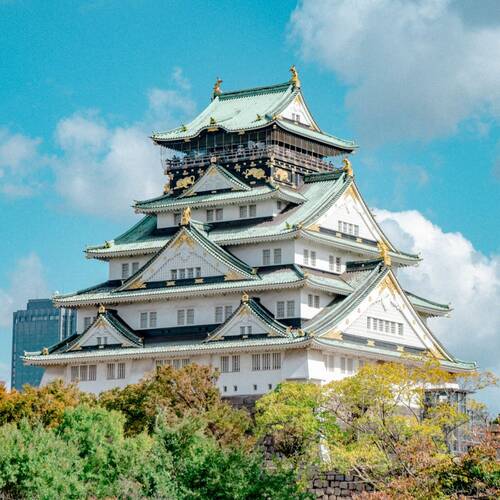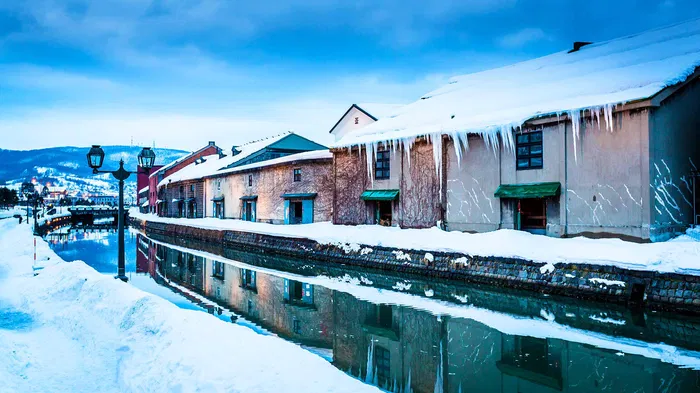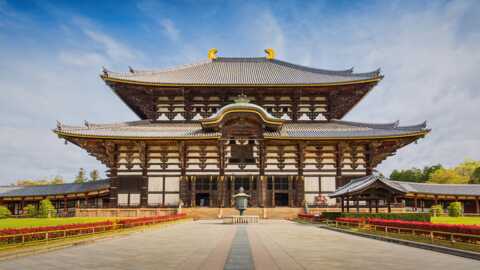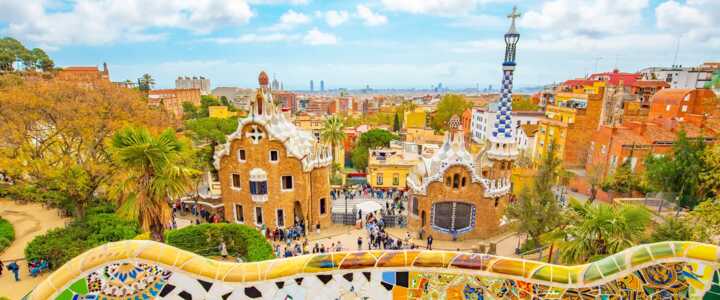Tokyo Kaiseki Restaurants(167)
Yakiniku Kappo Note
This niku-kappo restaurant in upscale Azabu-Juban prepares course after course of succulent A5-grade wagyu beef right before diners' eyes.
Shojin Ryori Daigo
Holding two Michelin stars for a 15-year streak, the traditional vegetarian cuisine at this Tokyo restaurant was called "the best shojin ryori in the world" by The World's 50 Best Restaurants.
Higashiyama Muku
This Michelin-starred restaurant in Meguro is led by a chef with a mechanical engineering background, who applies mathematically precise, well-calculated techniques to craft an intentionally simple yet remarkable seasonal course.
Nihonbashi Toyoda
While most traditional Japanese restaurants are descended from the Kyoto school, Nihonbashi Toyoda proudly keeps the flame of Edomae cuisine burning. The food of fishermen and dock workers, it is characterized by a stronger, more robust taste.
Tanimoto
A focus on simplicity and delicacy have landed Tanimoto a star in the Michelin Guide for two years. Relying on the basics, owner-chef Tanimoto Seiji wows diners with little more than rice, dashi-based dishes, and fresh seasonal ingredients.
Shinsen Kappo Sanoya
Traditional kappo with modern gastronomic riffs — Shinsen Kappo Sanoya’s English-speaking chef adds a casual riff to his new-era kappo concept, serving traditional courses with playful flourishes.
Ginza Ugai
Gratitude drives every service here at this Ginza kaiseki restaurant. Chef Ryogo Fujii’s mastery of umami, sweetness and bitterness augments the choice quality of his ingredients, all sourced from an extensive network of suppliers across the country.
Jushu
Kansai-style kappo cuisine that’s earned itself a Michelin star. Simplicity is at the heart of Chef Senzaki Masaaki’s cooking, letting the fresh ingredients from his home prefecture of Saga speak for themselves.

How to reserve kaiseki restaurants in Tokyo?
Is a reservation required for kaiseki restaurants in Tokyo?
What is the average cost of a meal at kaiseki restaurants in Osaka?
Reserve Kaiseki Restaurants in Tokyo
Enjoying a luxury kaiseki meal in Tokyo is one of the most incredible and authentic Tokyo dining experiences of Japanese food available. Making food into an art form, traditional kaiseki meals are sumptuous, multi-course banquets. Different courses made from carefully selected ingredients use a range of techniques covering all of the essentials of traditional Japanese cuisine: a deep-fried course, a steamed course, sashimi for freshness, and the list goes on. There are so many delicious elements that make up an unforgettable kaiseki meal. In restaurants overlooking the glittery city to traditional Japanese restaurants in local neighborhoods, experience different culinary approaches at kaiseki restaurants throughout Shibuya, Asakusa, Roppongi and more.
Enjoy the spirit of hospitality as your specialty chef serves a series of individual dishes, each referencing the different elements of Japanese cooking. Sit back and enjoy the atmosphere with each kaiseki dish presented perfectly, with a nod to the seasons. You could even find yourself staying overnight at a traditional ryokan hotel, one that’s tucked away on the underside of the big city with a kaiseki dining experience to match your stay in Tokyo.
For those who want to enjoy kaiseki ryori without the high price tag, kaiseki restaurants in Tokyo sometimes offer a lunchtime version of their spectacular meals, too. You can enjoy an abridged set meal eating the best elements of a kaiseki banquet, but without the big price tag. With the range of exquisite kaiseki restaurants available throughout Tokyo, you can still enjoy kaiseki dining at an affordable kaiseki restaurant that offers a unique cultural experience.
If you want to enjoy some of the best kaiseki restaurants in Tokyo, it is definitely worth reserving ahead of time, before you dine, especially if you are planning on visiting a Michelin-starred restaurant in Tokyo. Many high-status kaiseki restaurants are popular, so reserving beforehand means you can lock in the unique dining experience you have always wanted. Place a reservation now for a banquet that you will never forget, one full of traditional Japanese food that is cooked to perfection at a kaiseki restaurant in Tokyo.
 Tokyo
Tokyo Osaka
Osaka Kyoto
Kyoto Hyogo
Hyogo Hokkaido
Hokkaido Nara
Nara Fukuoka
Fukuoka Hiroshima
Hiroshima Kanagawa
Kanagawa Ishikawa
Ishikawa Florence
Florence Paris
Paris Rome
Rome Porto
Porto Barcelona
Barcelona New York
New York Venice
Venice Madrid
Madrid Marrakesh
Marrakesh Istanbul
Istanbul